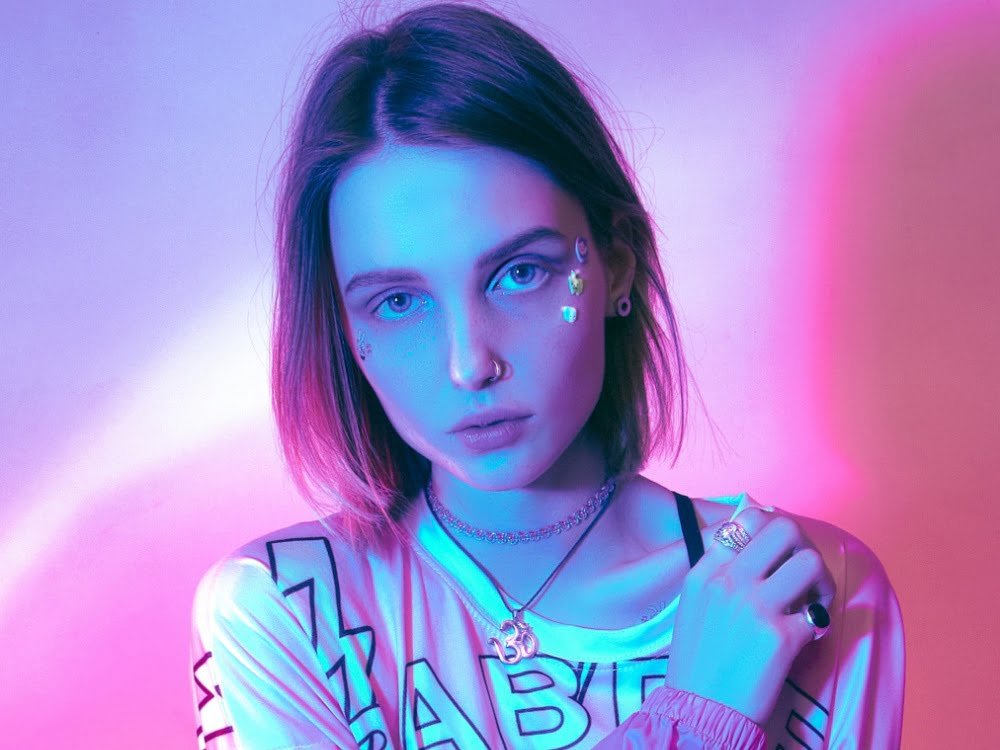Lore
The bridal fashion world has seen a surge of creativity and individuality in 2025, as modern brides embrace unique styles that break away from traditional norms. From bold silhouettes to sustainable choices, these trends reflect a generation of brides who want their wedding day to showcase their personal style. Here are 13 bridal fashion trends that have defined the year.
1. Statement Sleeves
Voluminous sleeves stole the spotlight this year, adding drama and elegance to bridal gowns. Puff sleeves, bishop sleeves, and detachable options have become a go-to for brides looking to balance tradition with modern flair.
2. Square Necklines
The square neckline has made a comeback, offering a minimalist yet timeless look. This style works beautifully with structured dresses, lace designs, or even clean satin gowns, providing a frame for delicate jewelry.
3. Two-Piece Ensembles
Brides are opting for mix-and-match sets, pairing crop tops or fitted bodices with flowing skirts or pants. This trend offers versatility and a modern twist, making it perfect for both ceremonies and receptions.
4. Sheer and Illusion Fabrics
From illusion necklines to sheer lace sleeves, see-through fabrics have added a sultry yet sophisticated touch to bridal gowns. Layers of tulle and lace create the illusion of barely-there elegance.
5. Dramatic Capes
Capes have replaced traditional veils for many fashion-forward brides. From embellished full-length designs to shorter, more structured styles, capes add a regal and modern touch.
6. Colorful Bridal Gowns
Brides are moving beyond white, embracing shades like blush pink, champagne, powder blue, and even bolder hues like emerald green and black. These colors reflect individuality and modern tastes.
7. Sustainable Choices
Eco-conscious brides are prioritizing sustainable fabrics, vintage dresses, and ethical production. Renting gowns or repurposing family heirlooms has also become a popular choice for eco-friendly weddings.
8. Minimalist Designs
Sleek, simple gowns with clean lines and minimal embellishments have taken center stage. Inspired by designers like Meghan Markle’s wedding dress, this trend is all about understated elegance.
9. High-Low Hemlines
High-low gowns are the perfect choice for brides who want to show off their shoes or dance freely. This asymmetrical style combines a touch of drama with practicality.
10. Jumpsuits and Pantsuits
For the modern, no-fuss bride, jumpsuits and tailored pantsuits are a stylish alternative to the traditional gown. These options exude confidence and are ideal for civil ceremonies or receptions.
11. Floral Embellishments
3D floral appliqués have been a favorite this year, adding depth and texture to dresses. Whether cascading down a train or scattered across a bodice, these blooms bring romance to any bridal look.
12. Detachable Skirts and Trains
Convertible gowns with detachable skirts or trains offer brides the flexibility to switch up their look between the ceremony and reception. It’s the perfect mix of drama and practicality.
13. Vintage Revival
Inspired by past decades, vintage-style gowns with intricate lacework, high necklines, or even flapper-style beading have made a strong comeback. These dresses are ideal for brides seeking timeless elegance with a nostalgic twist.
Conclusion
Bridal fashion in 2025 celebrates individuality, sustainability, and creativity. Whether you’re drawn to bold colors, modern silhouettes, or timeless designs, this year’s trends ensure that every bride can find a style that reflects her unique personality on her big day.
How Virtual Clothes Could Help Solve Fashion’s Waste Problem
The fashion industry is infamous for its environmental impact, from excessive water consumption to the mountains of textile waste generated every year. With an estimated 92 million tons of fashion waste ending up in landfills annually, the need for sustainable innovation has never been greater. Enter virtual clothing—an emerging solution that could revolutionize the way we consume fashion while tackling the industry’s waste problem.
What Are Virtual Clothes?
Virtual clothes are garments that exist only in the digital realm. Created using 3D modeling and augmented reality (AR), these items can be “worn” in photos, videos, or virtual spaces. Users upload a photo, and the virtual clothing is tailored to fit, creating a realistic and fashion-forward image without ever producing a physical item.
How Virtual Clothes Reduce Waste
-
Eliminating Overproduction
Fashion brands often overproduce garments to meet fluctuating demand, leading to unsold inventory and waste. Virtual clothing eliminates this issue by enabling brands to showcase digital prototypes instead of mass-producing physical samples. These designs can be tested, marketed, and even sold digitally before any physical production occurs. -
Decreasing Consumer Waste
Many consumers buy outfits for single-use occasions, like social media posts or special events, only to discard them shortly after. Virtual clothes offer a guilt-free alternative, allowing people to “wear” stylish outfits online without contributing to physical waste. -
Minimizing Returns
A significant portion of returned clothing often ends up in landfills due to the logistical challenges of reselling. Virtual try-on technology allows shoppers to visualize how garments will look and fit before purchasing, reducing the likelihood of returns and their associated waste.
Applications of Virtual Clothes
-
Digital-First Fashion Shows
Designers and brands can host digital runway shows using virtual clothing, significantly reducing the waste associated with physical samples and event production. -
Sustainable Marketing
Virtual clothing allows brands to create engaging campaigns without producing physical inventory for every photo shoot or promotional event. -
Gaming and Metaverse Integration
Virtual clothes are thriving in gaming and metaverse platforms, where users buy outfits for avatars. This growing market represents a new frontier for fashion brands and a sustainable way to engage with consumers.
Challenges to Overcome
-
Accessibility and Cost
High-quality virtual clothing creation requires advanced software and skilled designers, which can be expensive and inaccessible to smaller brands and consumers. -
Consumer Adoption
Shifting consumer behavior from tangible garments to digital ones will take time and education. Some may struggle to see the value in paying for items they can’t physically wear. -
Energy Consumption
Although virtual clothing eliminates textile waste, its production still relies on energy-intensive technologies. Ensuring this process is powered by renewable energy is critical to its sustainability.
The Future of Virtual Fashion
As technology advances, virtual clothing could become a mainstream solution for reducing waste. From influencing how brands design and market to reshaping consumer habits, this innovation holds the potential to revolutionize the fashion industry.
Virtual clothes won’t completely replace physical garments, but they can complement sustainable practices and provide an exciting way to reduce waste while still celebrating creativity and individuality. By embracing this digital frontier, the fashion world takes one step closer to a greener, more sustainable future.


